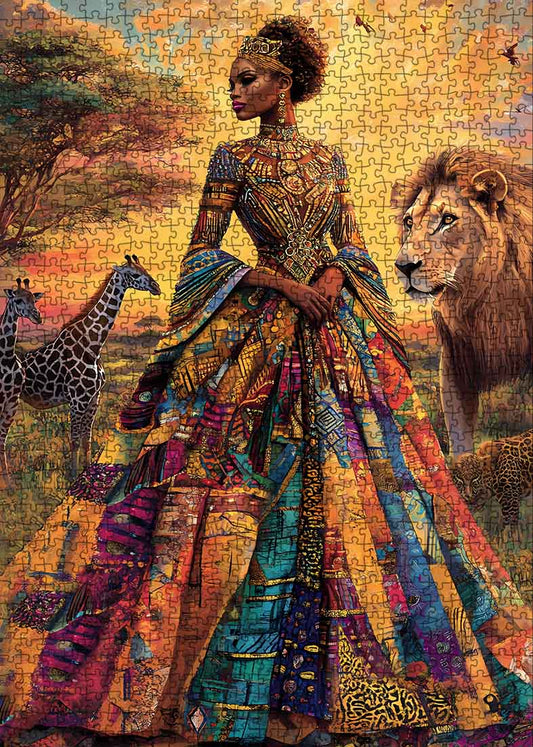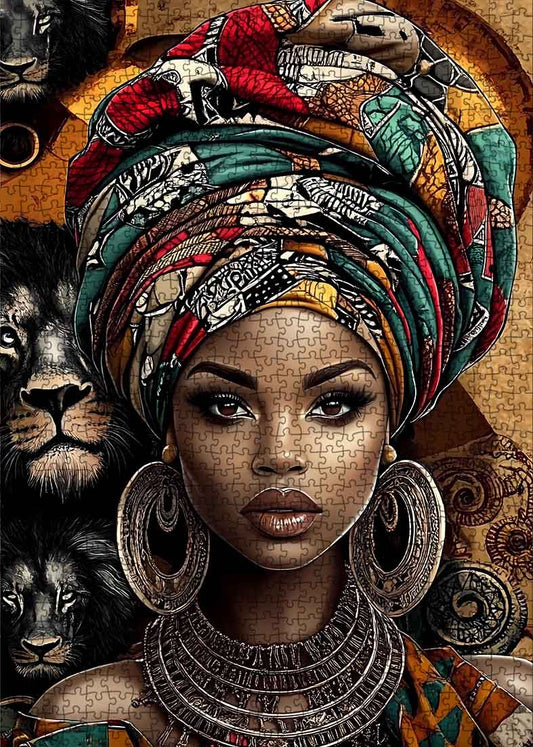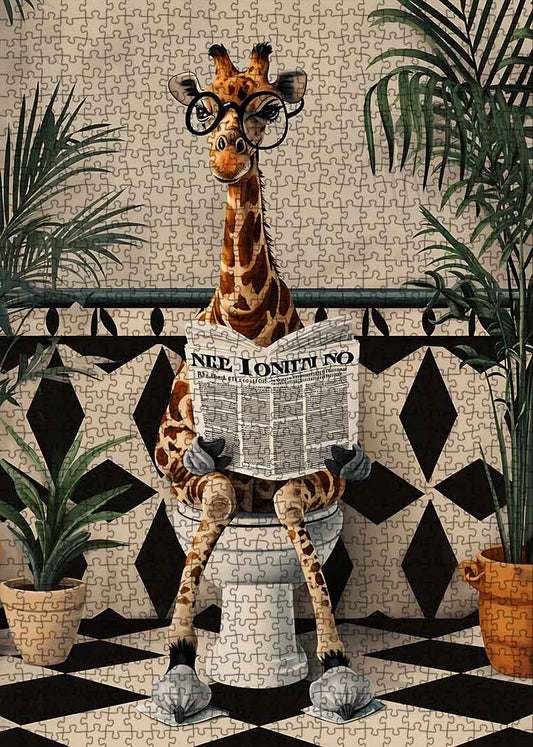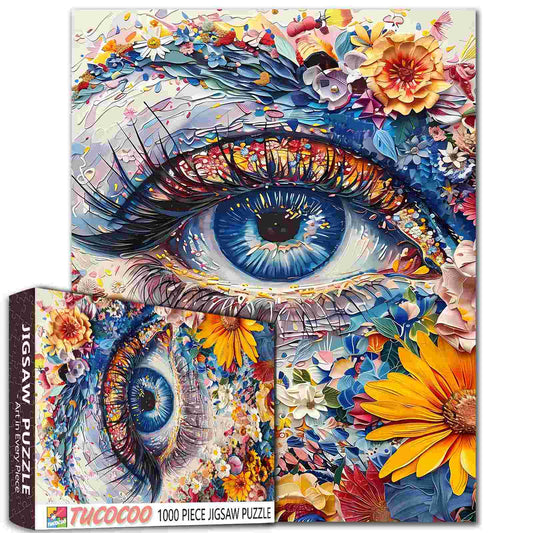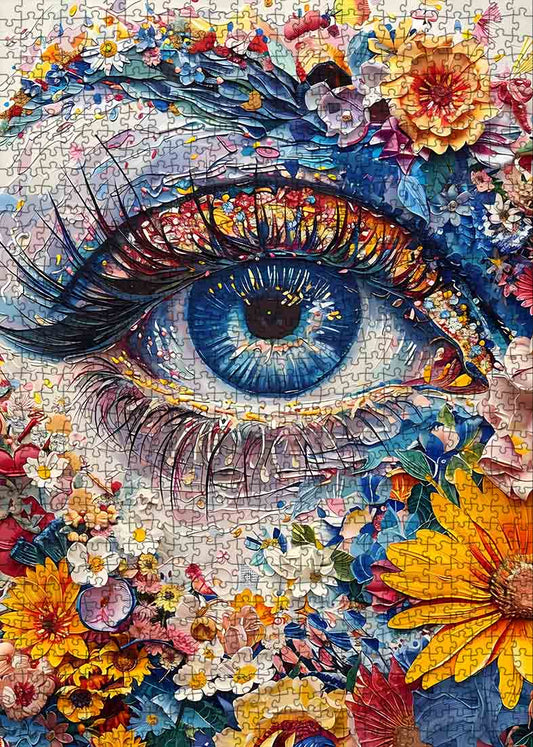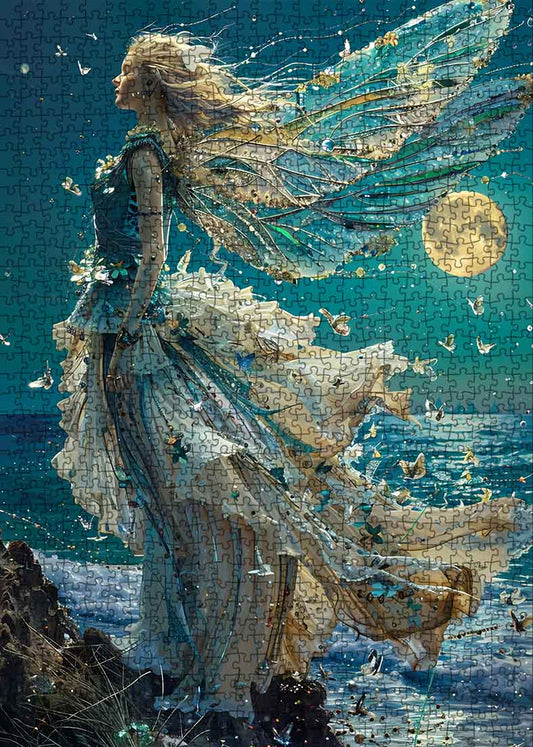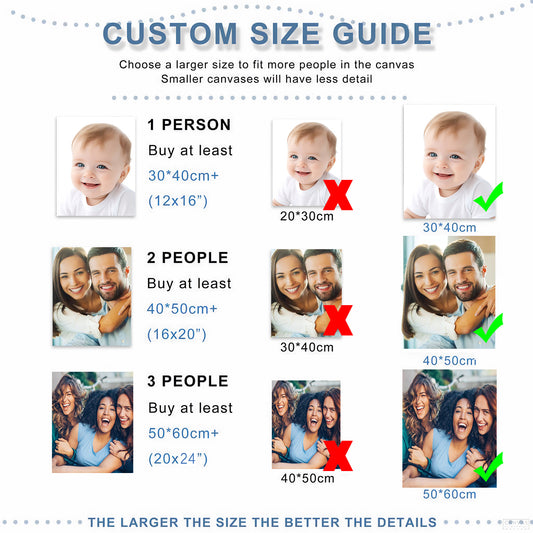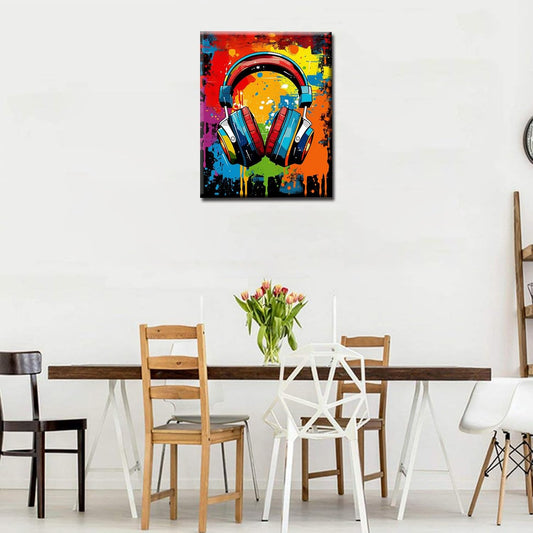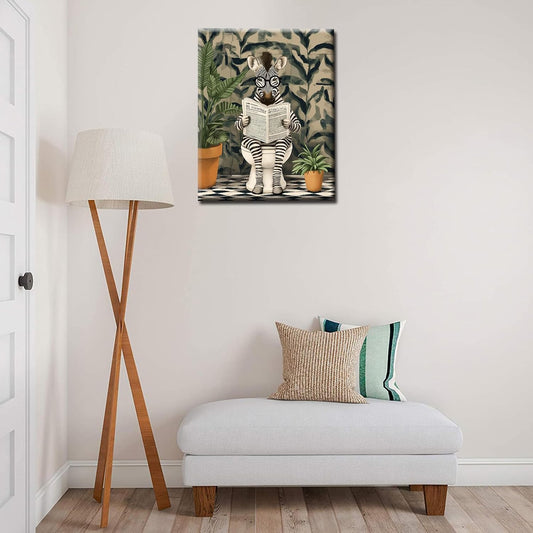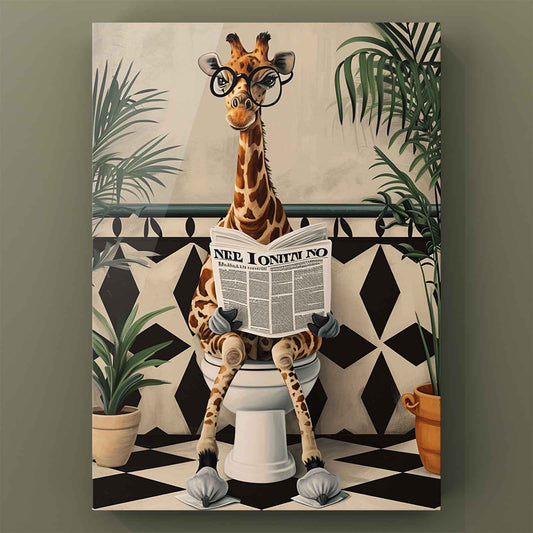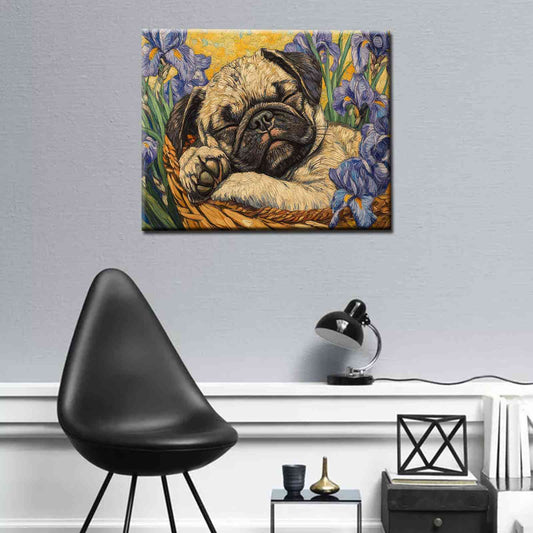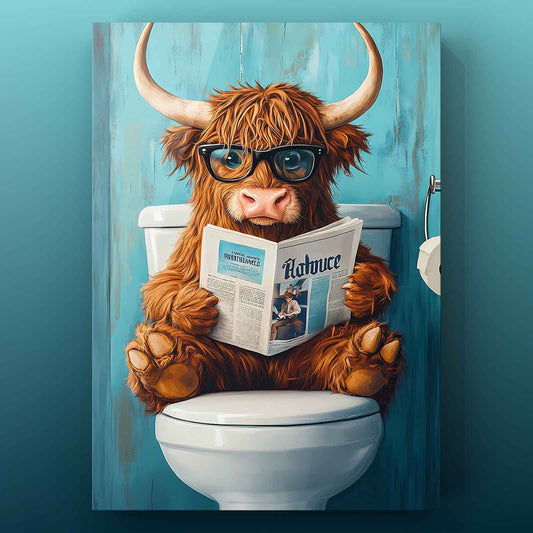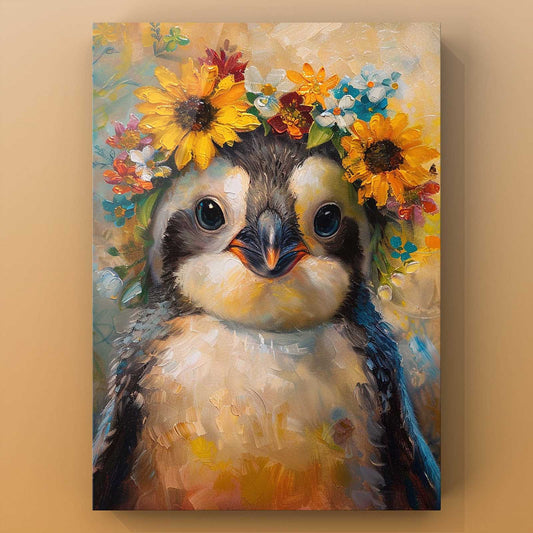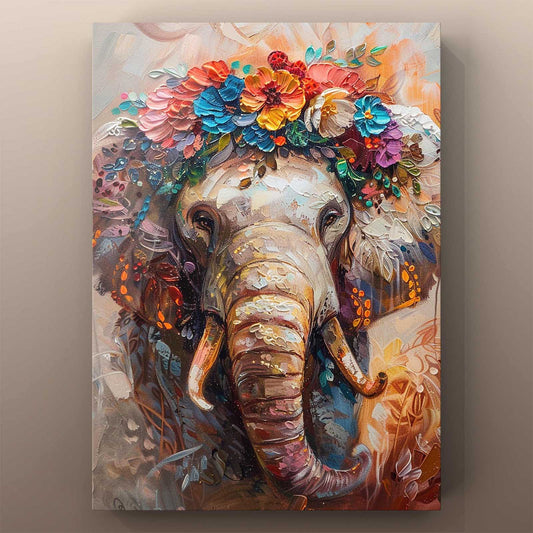
What Life Lessons Can Art Teach Us

Art offers valuable lessons from the art that help you discover things about yourself you might overlook. When you create art, you’re not just crafting something beautiful; you’re also learning to be resilient, imaginative, and embrace who you are. Did you know students involved in art activities feel 25% more confident? They also enhance their social skills by 20%. That’s the incredible power of creativity! Making art teaches you how to transform trash into treasure and shows you that mistakes are hidden opportunities for growth. Through lessons from the art, you learn to trust yourself and grow step by step.
Key Takeaways
Art helps build confidence and social skills. Doing creative things can make you feel 25% more sure of yourself and improve how you interact with others by 20%.
Enjoy the process of making art. Focus on each step because every stroke teaches you something new.
Mistakes help you grow. Learning from them makes you better and sparks creativity.
Be proud of being unique. Your art shows who you are, so love your style and don’t compare yourself to others.
Art is great for self-care. Creating can lower stress and make you feel happier and healthier.
Embrace the Process
Trust the Journey
When you make art, it’s easy to focus on the end. But the real joy comes from enjoying each step. Every brushstroke or idea teaches you something new. You may not notice, but small steps matter a lot. Creating art helps you think in creative ways. Did you know art can improve problem-solving skills? It’s true! Art shows there’s always a way if you keep trying. Trust the process, and you’ll see the journey is as great as the result.
Patience and Persistence
Making art can be hard sometimes. You might feel upset when things don’t go as planned. That’s when patience and trying again are important. Mistakes are normal and help you grow. Artists like Ria Aboobakar and Susan Mary Halfhide say learning from mistakes is key. Being kind to yourself also helps you get better. Each time you try again, you become stronger and improve your skills. Creativity grows when you allow yourself to fail and try new things. Keep going, and you’ll see how practice changes your art and your thinking.
Accepting Imperfection
Art isn’t perfect, and that’s what makes it special. Accepting flaws lets you enjoy your unique style. Mistakes add character and make your work truly yours. People now value imperfections because they show real human experiences. Letting go of perfection opens new ideas and insights. This way of thinking makes your art better and helps you feel more confident in life too.
Celebrate Individuality

The Beauty of Uniqueness
Your art is like your fingerprint—totally unique. Nobody can make the same art as you. That’s what makes it special. When you accept your style, your creativity shines. Imagine if everyone made the same kind of art. Life would be dull and boring. Your unique ideas make life colorful and exciting. Be proud of what makes your work different. It’s not about copying others. It’s about being yourself and showing your true personality through your art.
Avoiding Comparison
It’s easy to see someone else’s art and feel bad. But remember, you don’t need to compare yourself to others. Everyone has their own path and grows at their own speed. Comparing only makes you unhappy. Focus on how much you’ve improved instead. Studies show making art without comparing helps you feel better. It also lowers stress and makes you feel closer to others. When you stop comparing, creating art feels more fun and rewarding.
Finding Joy in Personal Expression
Art is a great way to show who you are. Whether you paint, draw, or craft, you share a part of yourself. This kind of sharing brings happiness and purpose. Did you know people who do art as a hobby feel happier? They even say it makes life more meaningful. When you create, you’re not just making something pretty. You’re also taking care of your happiness. So, grab a brush or pencil and let your art make you smile.
Learn from Mistakes

Growing by Failing
Failing can feel tough, but it teaches important lessons. When you make art, challenges help you think in new ways. For example:
Struggling with designs can inspire you to try harder and learn.
Loving creativity helps you push through problems and grow.
Looking back at mistakes helps you improve as an artist.
Each mistake gives you lessons to make your art better. Creating isn’t about being perfect—it’s about learning from errors. So, don’t fear mistakes. Use them to get better and stronger.
Being Brave to Try Again
It’s hard to start over after failing, but it shows courage. Each time you try again, you prove you’re stronger than doubt. Art lets you test ideas without worrying about failing. Think of every try as progress, even if it’s not perfect.
When you allow mistakes, you unlock creativity. Trying again builds confidence over time. You’ll see your art improve and feel proud of your journey. Remember, every great artwork starts with a messy idea.
Turning Mistakes into Ideas
Big discoveries often come from mistakes. Did you know Post-it Notes came from a glue that didn’t work? Or that Coca-Cola’s failed ‘New Coke’ made customers more loyal? These show how mistakes can lead to success.
In art, a smudge or wrong line might seem bad. But with creativity, it could become the best part of your work. Art teaches you to turn mistakes into cool ideas. Creating becomes fun when you welcome surprises. So, take risks—you might create something amazing by accident.
Balance and Self-Care

Knowing Your Limits
Making art can make you lose track of time. It’s important to know when to stop and rest. Taking breaks helps you stay creative and avoid feeling tired. A nurse in the US said making a mandala taught her to care for herself. When you take care of yourself, you can help others better too.
Art therapy shows that doing creative things improves self-care habits. These habits help keep your life balanced. Listen to your body and mind. If you feel tired, take a break. You’ll come back with more energy and fresh ideas.
Managing Stress Through Creativity
Life can be stressful, but art helps you relax. When you create, your mind takes a break from worries. Studies say 61% of people feel less stressed after making art. It’s not about how good your art is—it’s about enjoying the process.
You don’t need fancy tools to start. Even simple doodling or coloring can calm you. Teens and young adults, ages 13–25, say art helps them feel more confident and purposeful. So, grab a pencil or brush and let art ease your stress.
Prioritizing Well-Being
Being kind to yourself is very important. Life can get busy, but your health matters. Creative activities can make you feel better mentally. About 57% of people say art improves their well-being. For LGBTQ+ individuals, 57% feel less sad or hopeless through art.
Making art isn’t just about beauty. It’s about taking time for yourself and finding happiness. When you focus on your well-being, you’ll feel better inside and out. So, take a moment to create and recharge your energy.
The Power of Community

Working Together and Sharing Ideas
Creating with others makes your imagination grow. Sharing thoughts in a group can help you think in new ways. For example, students in group projects felt braver to try new things. They also learned to value different opinions. This shows teamwork helps you think creatively.
Emily’s story is another example. She worked with artists and mentors, sharing her work and getting advice. This helped her make better choices and try new ideas. Working together creates a cycle where feedback improves your creativity. Even using tools like AI with people’s ideas shows teamwork can lead to amazing results.
Learning from People Around You
Watching and talking to others teaches you a lot. Art classes, for example, show students new techniques and ways to think. This makes their skills better and connects them with other creative people.
Meeting people from different places gives you fresh ideas and methods. This mix of ideas creates a lively space where creativity grows. Learning from others helps you improve your skills and find your own style. It’s like collecting tools and tricks to use in your own way.
Making Friends in Creative Groups
Joining a creative group isn’t just about making art—it’s about making friends. Being part of a group helps you feel less alone and more connected. Studies say doing creative activities makes people happier and stronger.
Older people in art programs often make friends and share stories, which boosts their mood. Even going to live events can help. People at these events feel less lonely and more connected. Having supportive friends around you builds a network that lifts you up and inspires you.
Art helps you enjoy the process, value your uniqueness, and learn from mistakes. It also teaches you to care for yourself, stay balanced, and connect with others. These lessons make you stronger, more creative, and help you grow as a person.
Evidence Description |
Key Points |
|---|---|
Making art helps you keep going after failures or doubts. |
|
Steps for Creative Thinking |
A guide to build habits that help in daily life. |
Lifelong Benefits of Art |
Art builds skills that help you grow and connect with others. |
Why not start now? Grab a pencil, brush, or anything creative. Let art help you discover new things about yourself and the world.
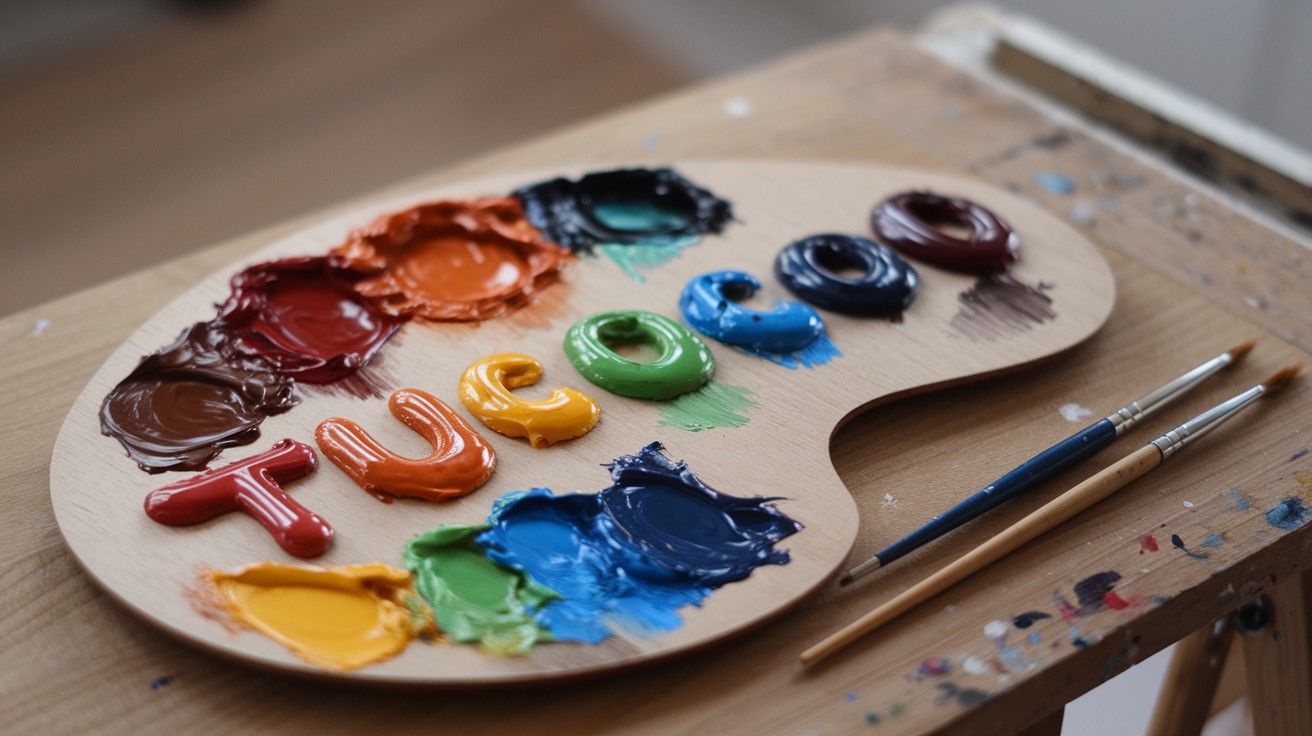
Tucocoo Paint by Numbers


